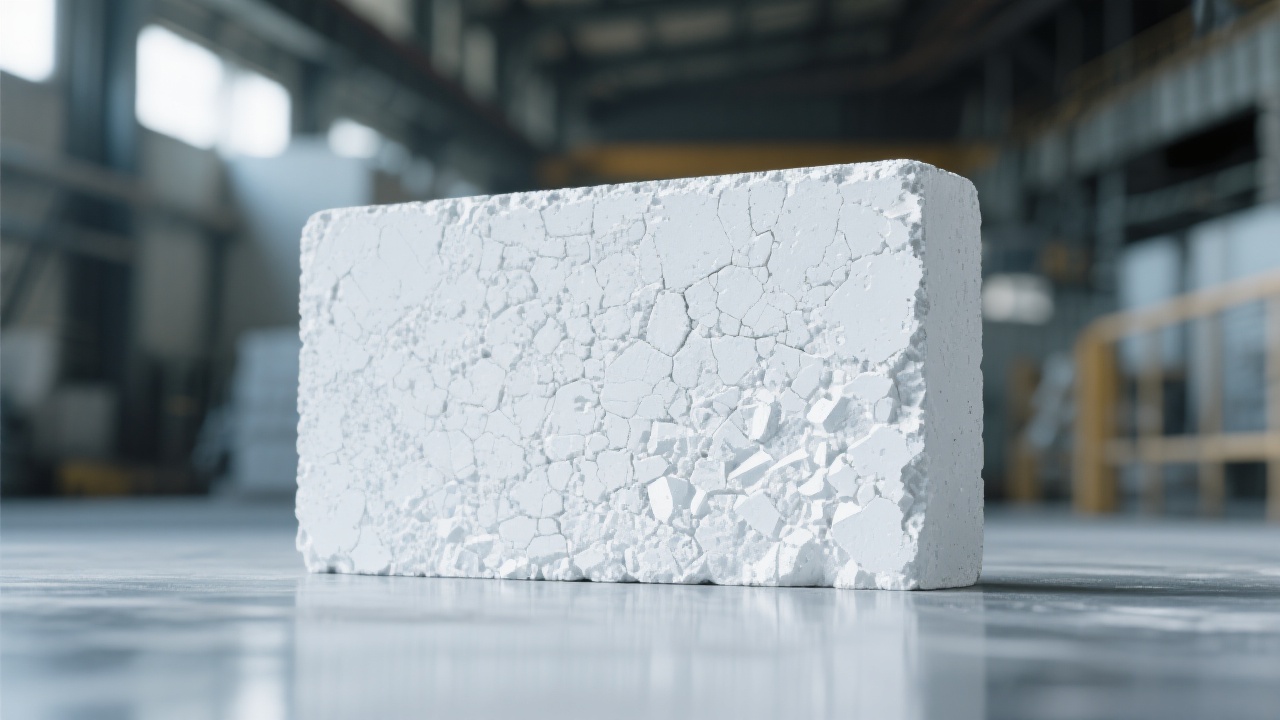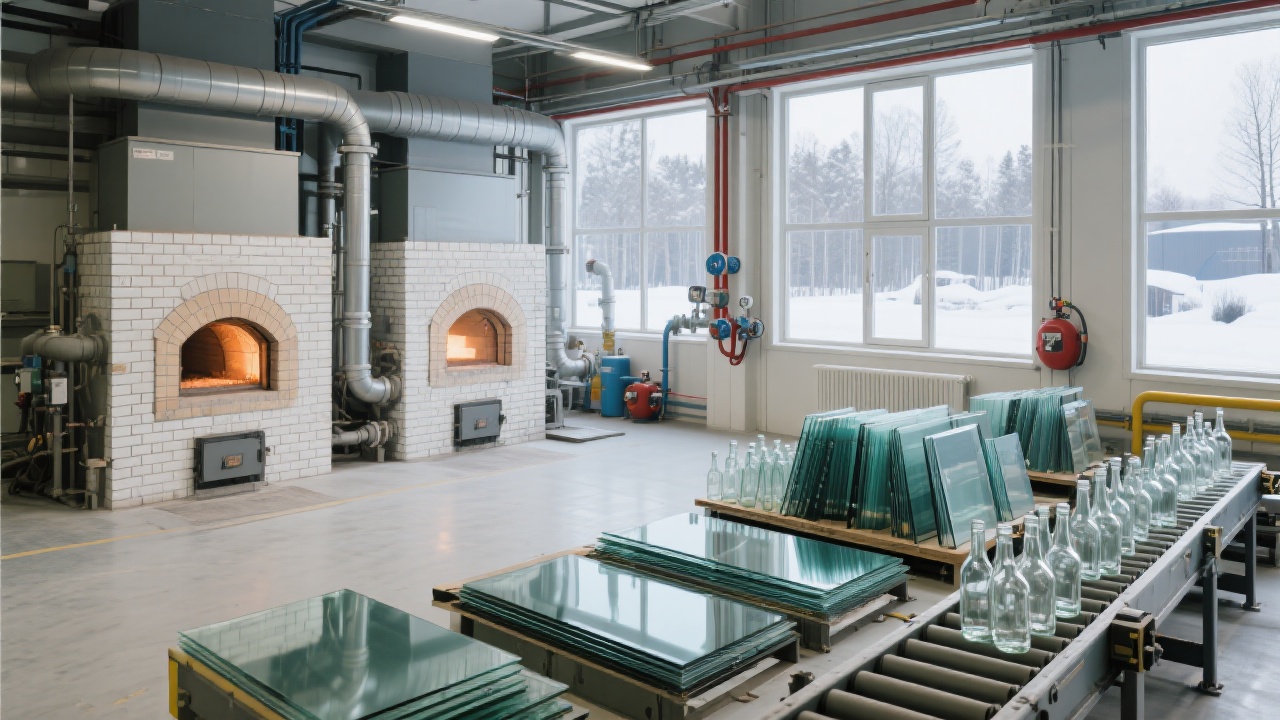
In the aluminum industry, the electrolytic cell is a crucial piece of equipment. However, one of the most significant challenges faced by aluminum manufacturers is the short lifespan of electrolytic cells due to chemical erosion. This not only leads to frequent maintenance and replacement, increasing costs, but also affects production efficiency and stability.

Enter vermiculite insulation boards, a revolutionary solution for the aluminum industry. These boards are made from high - quality vermiculite, a natural mineral. They can withstand a maximum temperature of 1050°C. What's remarkable is that their strength increases at high temperatures, while the thermal conductivity coefficient decreases. For instance, at normal temperatures, the thermal conductivity coefficient might be around 0.2 W/(m·K), but when the temperature reaches 800°C, it drops to approximately 0.12 W/(m·K). This property makes them excellent for insulation in high - temperature environments like electrolytic cells.
One of the key features of vermiculite insulation boards is their outstanding anti - erosion ability. In the electrolytic process of aluminum production, fluoride and cryolite are commonly used, and molten aluminum is present. These substances can cause severe corrosion to the electrolytic cell. Vermiculite insulation boards have a unique protection mechanism against them. The special chemical composition of vermiculite reacts with these corrosive substances to form a stable protective layer, preventing further erosion.
For fluoride and cryolite, the vermiculite insulation board's surface forms a fluoride - resistant layer through a chemical reaction. This layer can effectively block the penetration of fluoride ions and cryolite particles. When it comes to molten aluminum, the board's high - temperature strength and low wettability prevent the molten aluminum from adhering and corroding the inner wall of the electrolytic cell.
| Indicator | Before Using Vermiculite Insulation Board | After Using Vermiculite Insulation Board |
|---|---|---|
| Electrolytic Cell Lifespan | About 5 - 7 years | Over 10 years |
| Energy Consumption | High, with an average power consumption of 13,500 kWh per ton of aluminum produced | Reduced by about 10% - 15%, to around 11,475 - 12,150 kWh per ton of aluminum produced |
| Maintenance Costs | Relatively high, with annual maintenance costs accounting for about 15% of the equipment cost | Significantly reduced, dropping to about 5% - 8% of the equipment cost annually |
Several well - known overseas aluminum enterprises have successfully adopted vermiculite insulation boards. Company A, an aluminum producer in Europe, used to face frequent breakdowns of its electrolytic cells, with an average lifespan of only 6 years. After installing vermiculite insulation boards, the lifespan of the electrolytic cells extended to 12 years. This not only reduced the frequency of equipment replacement but also saved a large amount of maintenance costs. The energy consumption per ton of aluminum production decreased by 12%, resulting in significant cost savings.

Another case is Company B in South America. Before using vermiculite insulation boards, their electrolytic cells required major maintenance every 5 years. After the application of these boards, the maintenance interval extended to 8 years, and the energy consumption dropped by 15%. The production process became more stable, and the overall production efficiency improved.
In conclusion, vermiculite insulation boards bring comprehensive improvements to the aluminum industry. They enhance production stability by extending the lifespan of electrolytic cells, improve economic efficiency by reducing energy consumption and maintenance costs, and contribute to sustainability by saving resources. Choosing vermiculite insulation boards is an investment in the long - term stability and efficient operation of aluminum electrolytic cells. Click here to learn more about how vermiculite insulation boards can transform your aluminum production.


